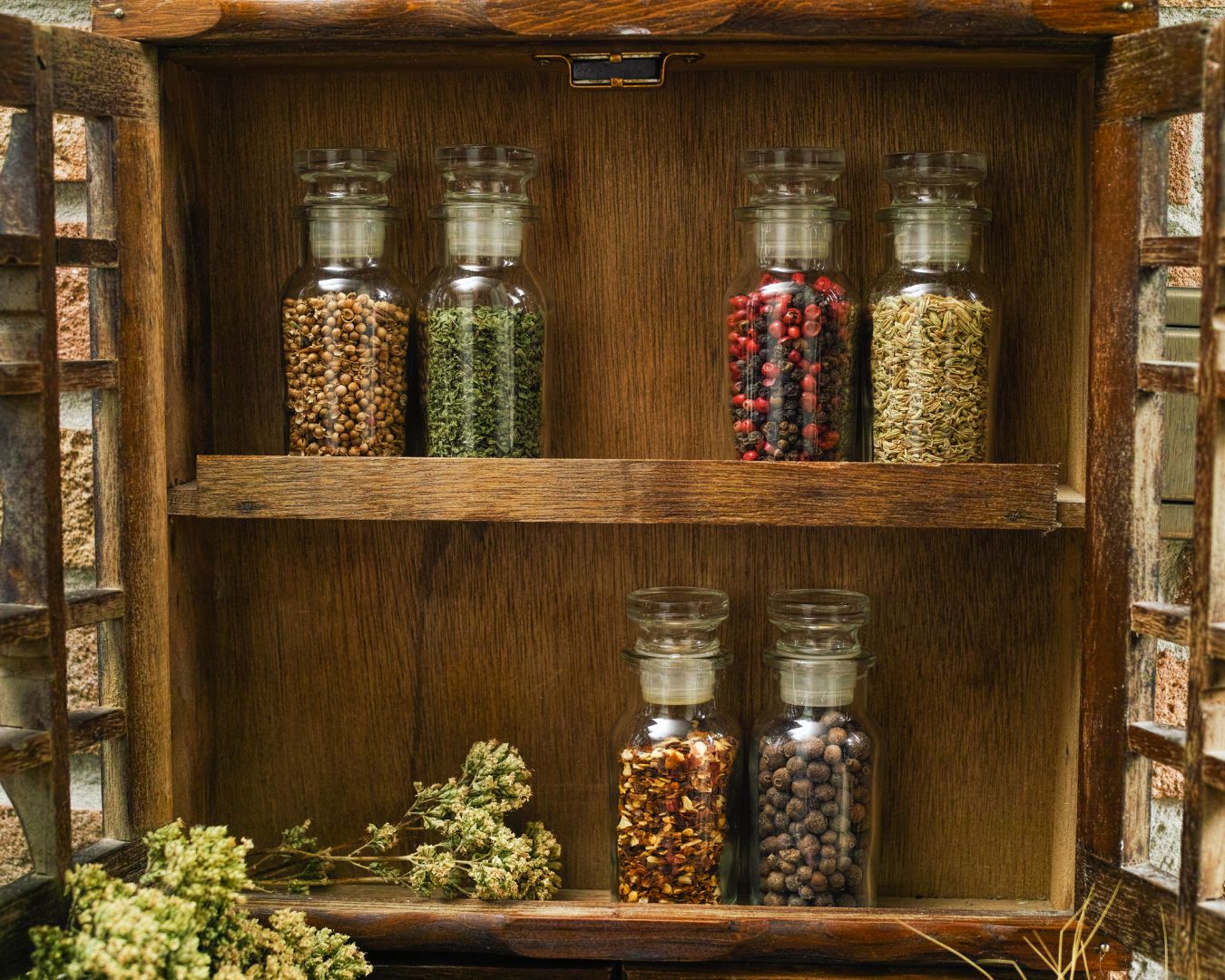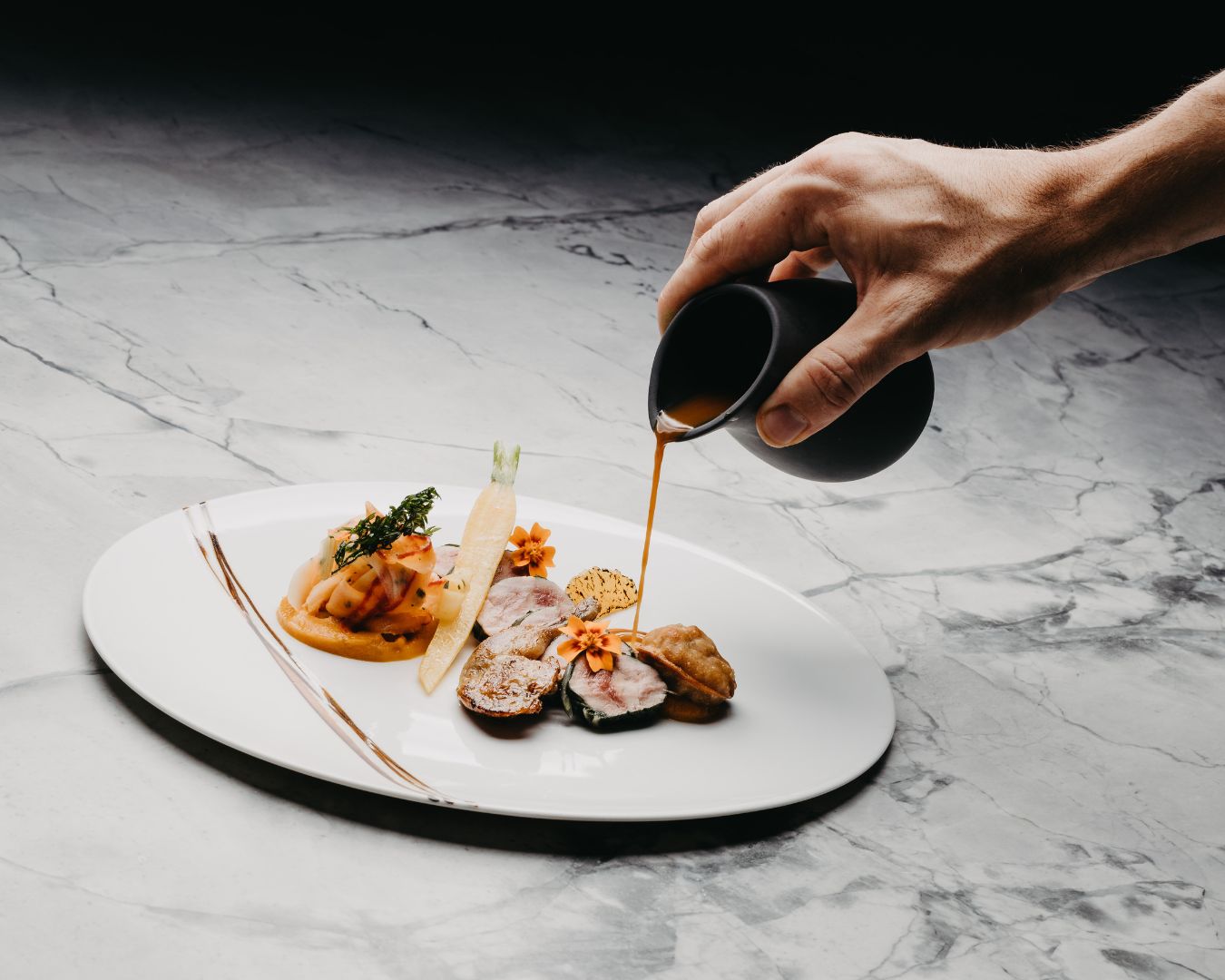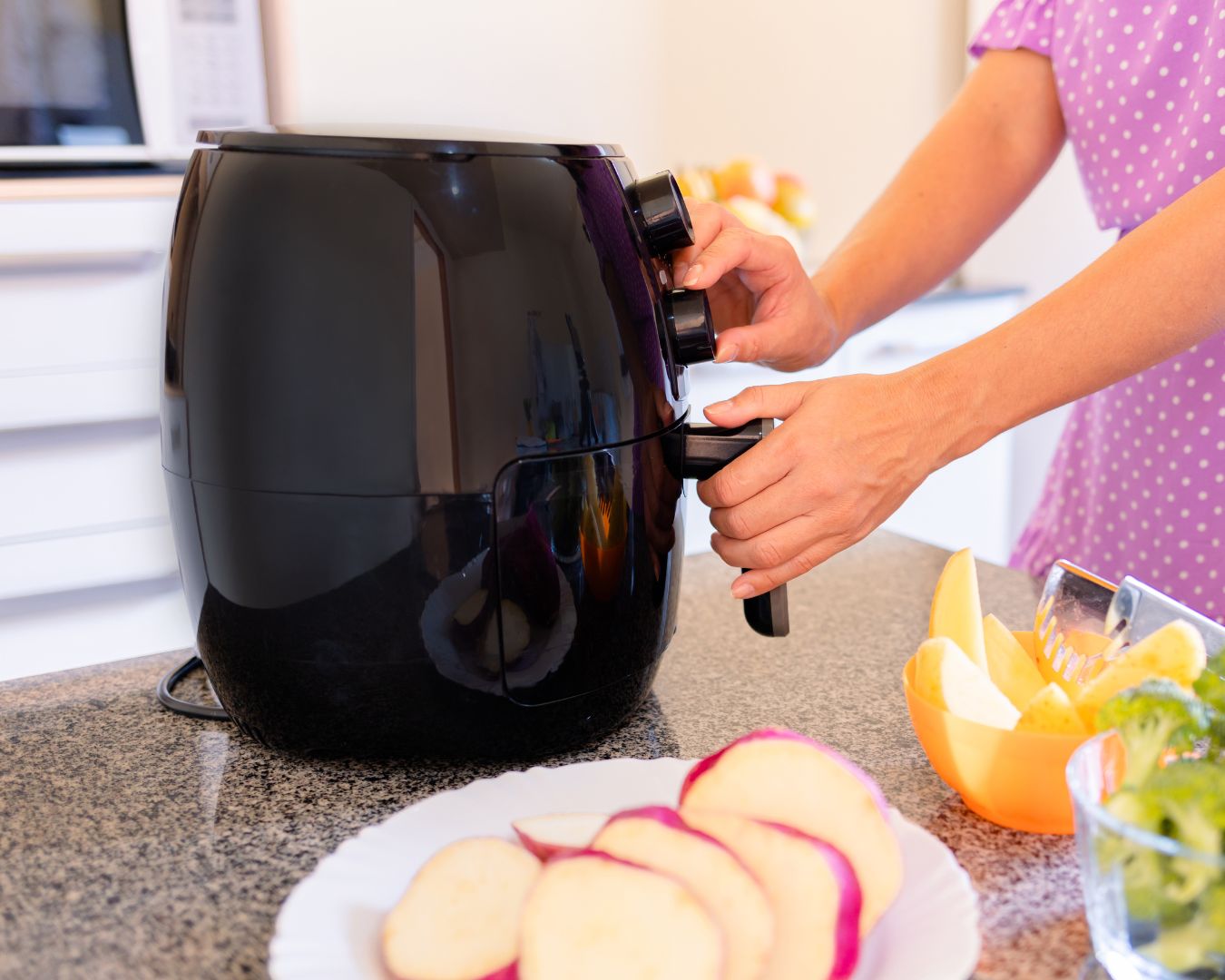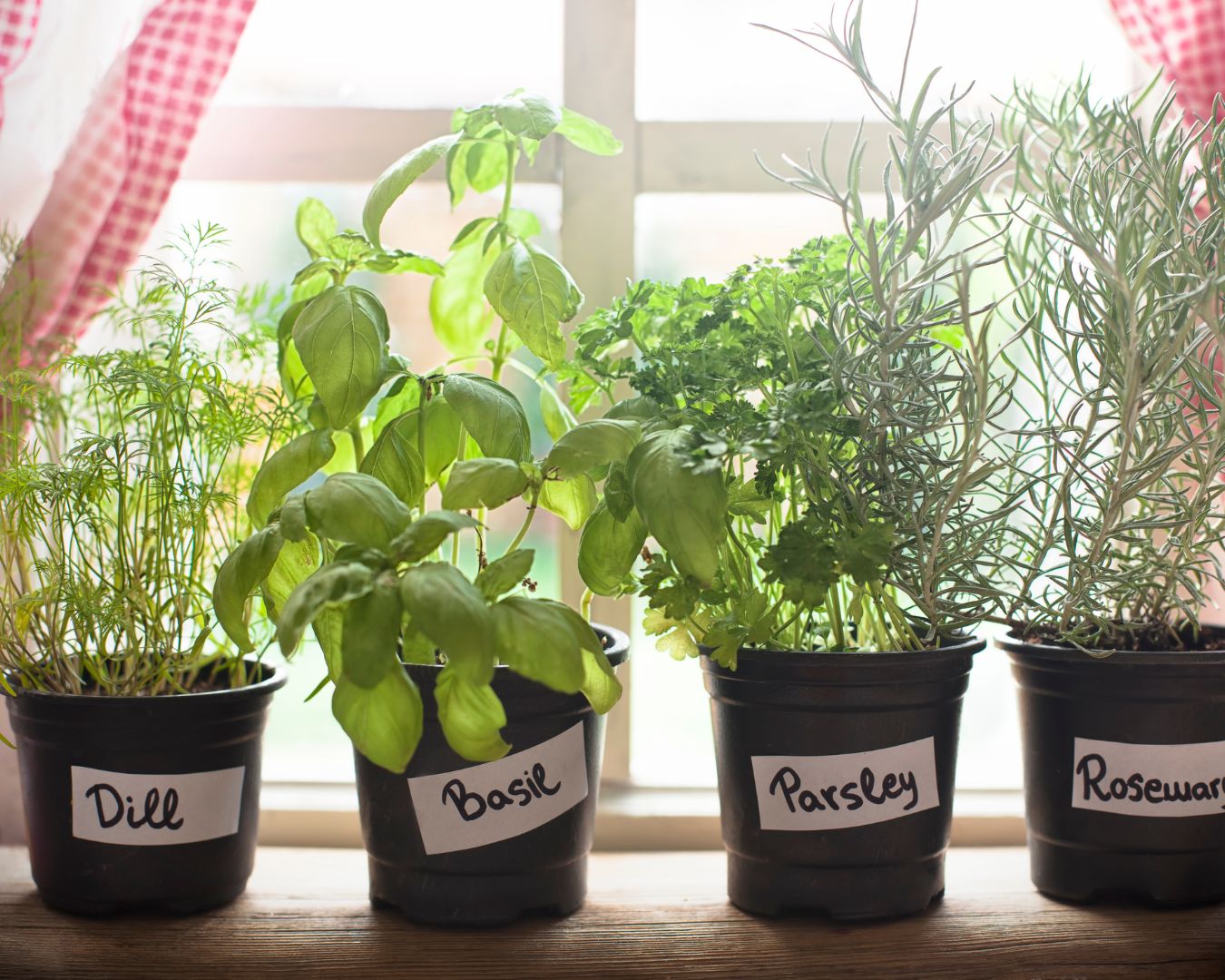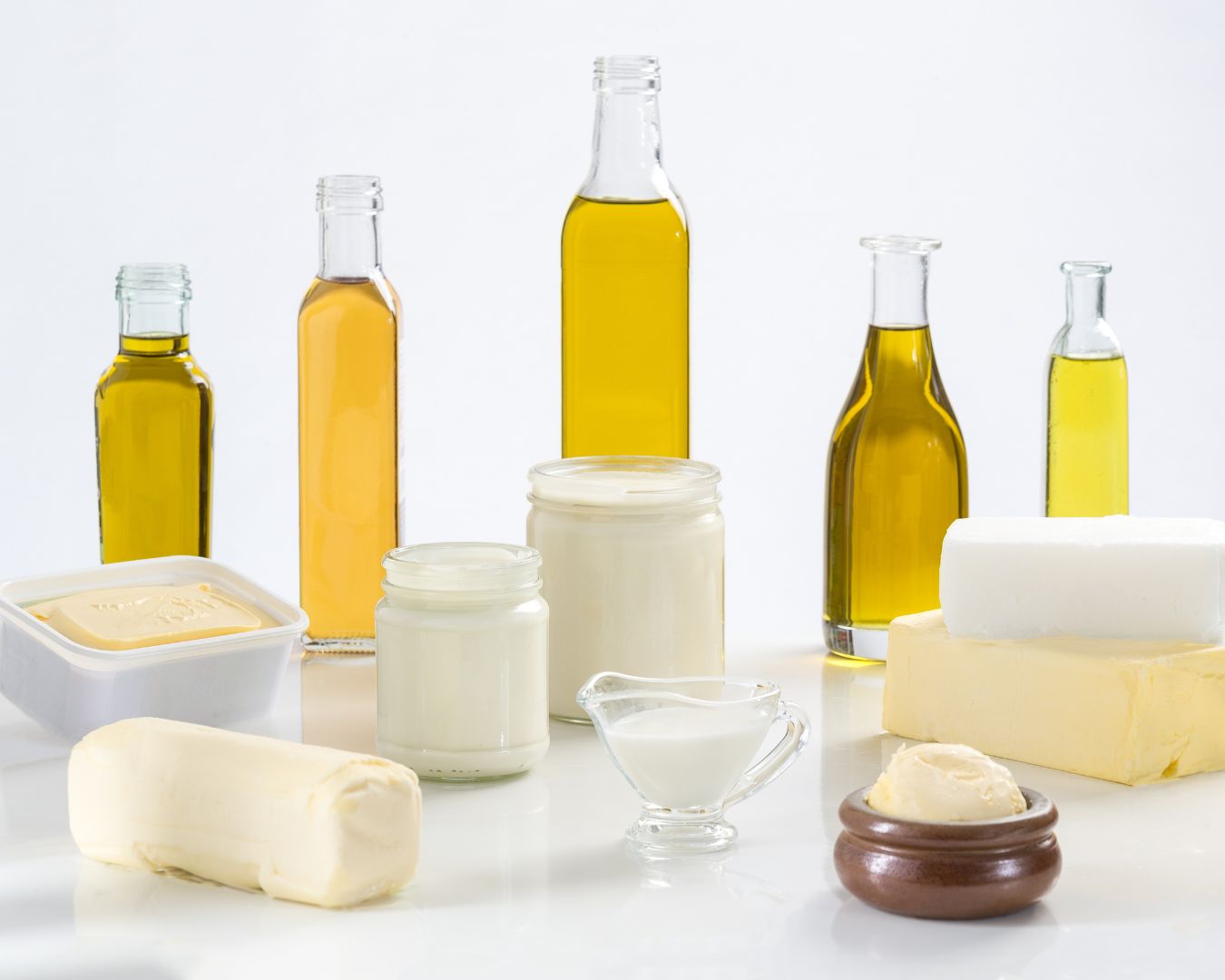Ice Cube Tray for Leftover Herbs: A Simple Solution to Minimize Food Waste
Fresh herbs can add vibrant flavor and aroma to your dishes, but they often come in larger bunches than you need for a single recipe. Instead of letting those leftover herbs wilt and go to waste, why not preserve them for future use? Explore a clever kitchen hack using ice cube trays to freeze leftover herbs, ensuring they stay fresh and flavorful for whenever you need them. Preserving Leftover Herbs: 1. Chop the Herbs: Start by chopping up your leftover herbs into small pieces. This will help distribute the flavor more evenly throughout the ice cubes. 2. Pack the Ice Cube Trays: Fill each compartment of the ice cube tray with the chopped herbs, pressing them down lightly to ensure they are packed tightly. 3. Add Liquid: Drizzle a bit of olive oil or broth over the chopped herbs in each compartment. The liquid will help preserve the herbs and prevent them from freezer burn. 4. Freeze Overnight: Place the ice cube trays in the freezer and allow the herb cubes to freeze overnight, or until solid. 5. Store in Freezer Bags: Once the herb cubes are fully frozen, pop them out of the ice cube trays and transfer them to a freezer bag. Label the bag with the type of herb and the date it was frozen for easy identification. Using Herb Cubes: 1. Seasoning Soups and Stews: Drop a herb cube directly into simmering soups, stews, and sauces for an instant burst of flavor. The heat will quickly melt the herb cube, releasing its aromatic oils and enhancing the dish. 2. Sauteing and Stir-Frying: Add a herb cube to the pan when sautéing vegetables or stir-frying meats for a quick and convenient way to infuse flavor into your dishes. 3. Flavored Butters and Oils: Mix melted herb cubes with softened butter or olive oil to create flavorful spreads for bread, pasta, or grilled meats. 4. Marinades and Dressings: Thaw herb cubes and blend them into marinades, salad dressings, or dipping sauces for an extra punch of freshness. Don’t let your leftover herbs go to waste! With a simple ice cube tray and a few pantry staples, you can easily preserve and store your fresh herbs for future use. Whether you’re seasoning soups, sautéing vegetables, or creating flavorful sauces, herb cubes are a convenient and cost-effective way to add a burst of flavor to your favorite dishes. So, the next time you find yourself with an abundance of herbs, give this kitchen hack a try and enjoy the taste of freshly preserved herbs all year round.



